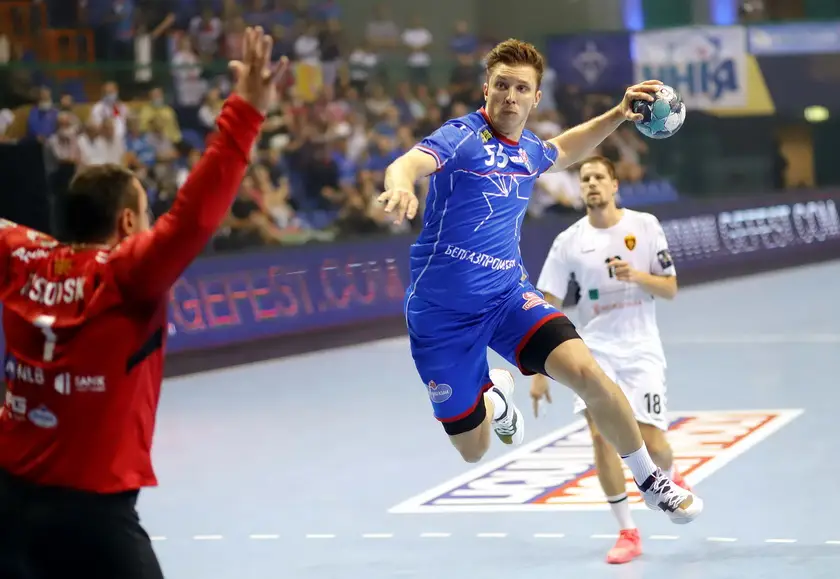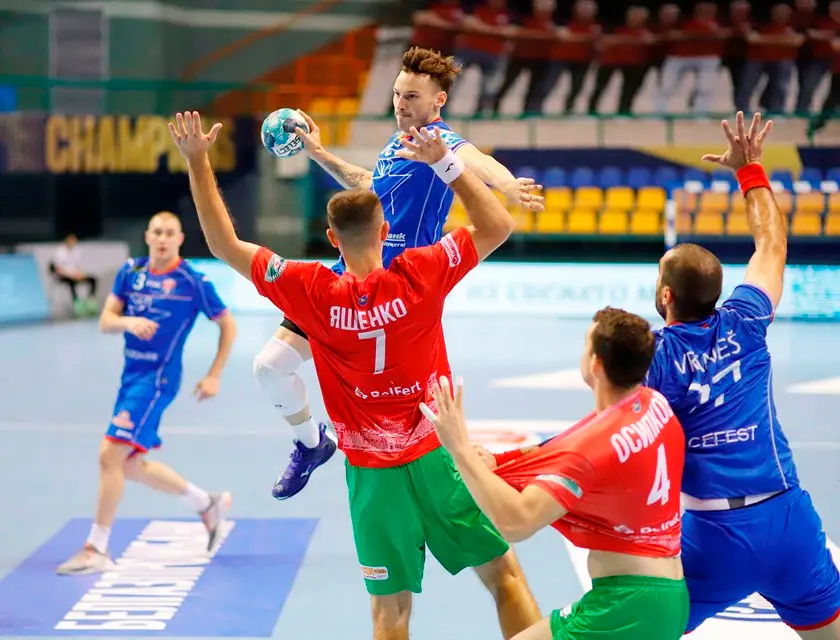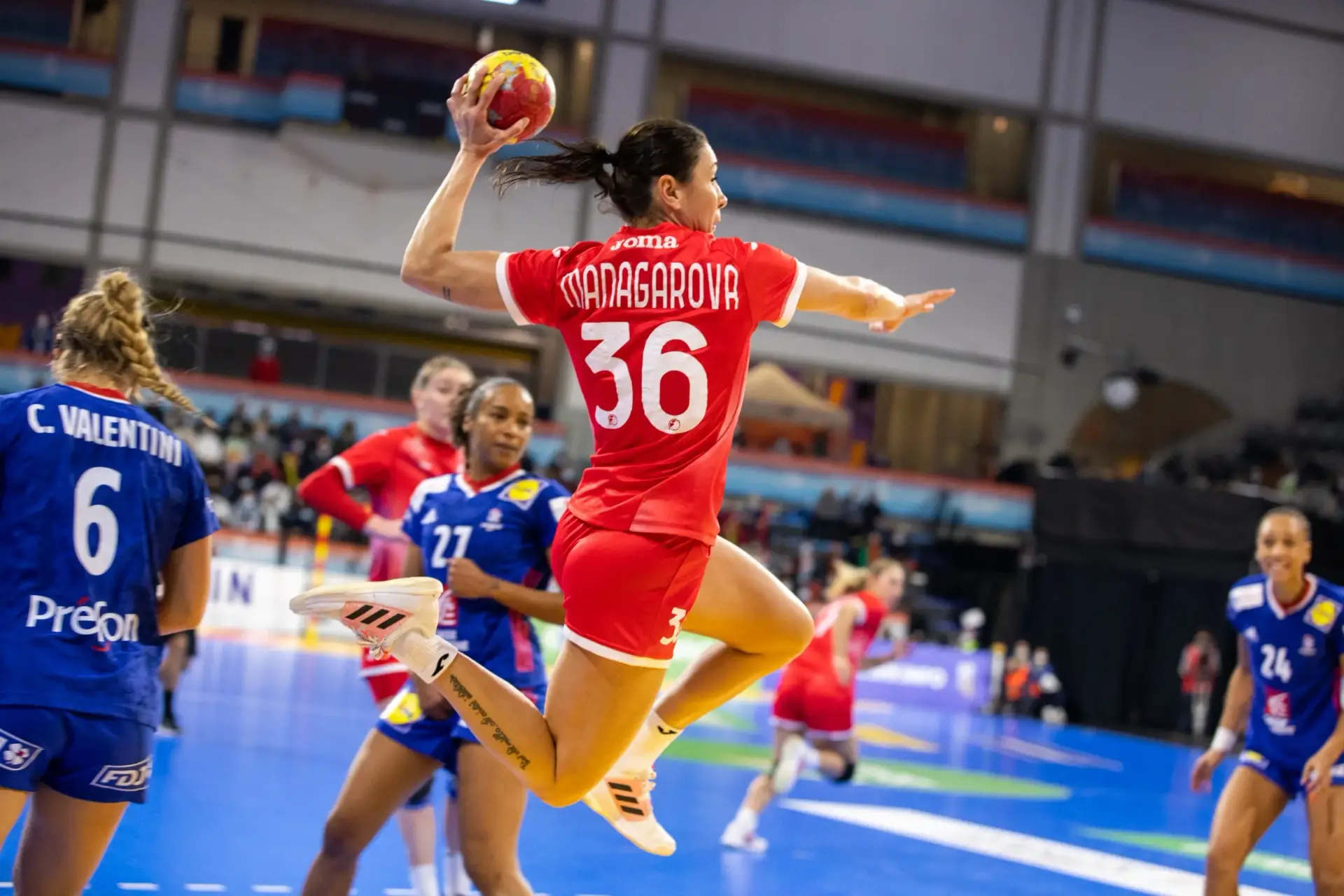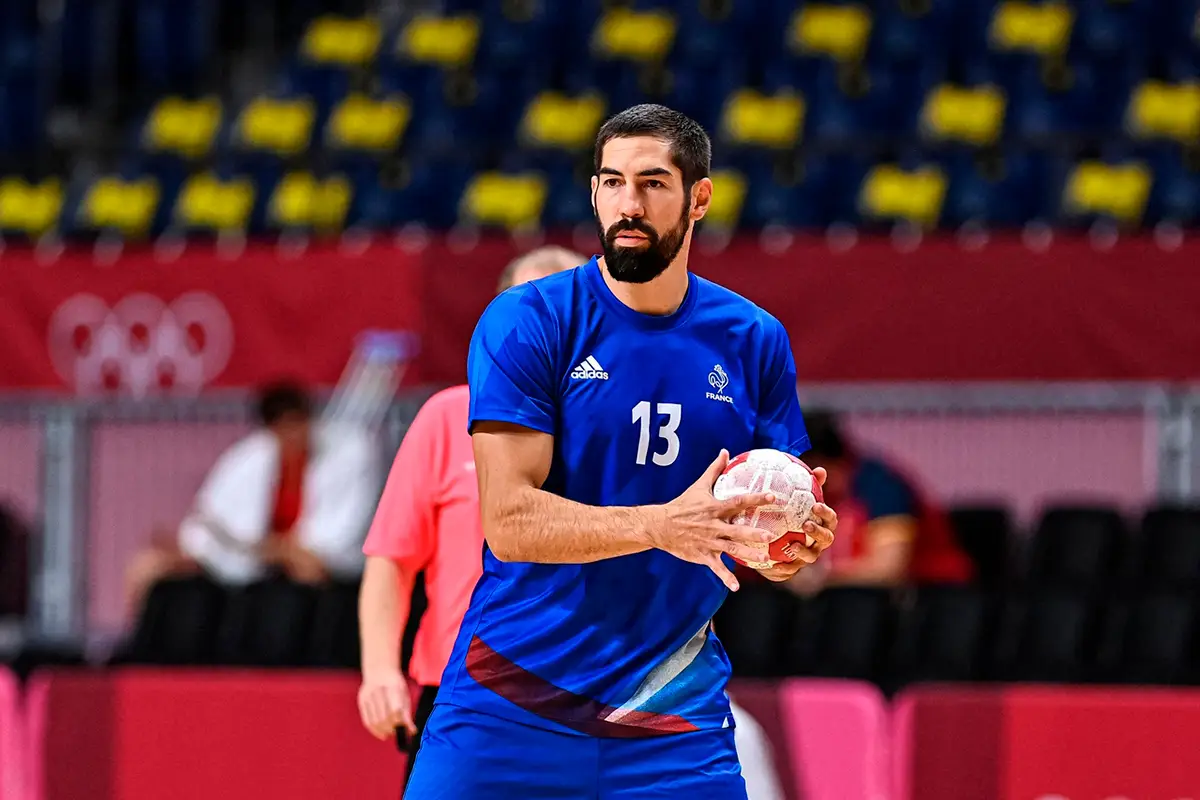Handball develops not only physical strength, but also character. This dynamic sport combines agility, coordination, discipline and thinking skills in one training session. When choosing a sport, this sport offers three growth opportunities: physical, intellectual and social. The benefits of handball for children are noticeable after just a few months of training: in the way they walk, their posture, their attention span, their responsiveness and their relationship with the group.
Physical development: the indisputable benefits of handball for children
Movement is the basis of handball. During a single training session, the child runs, jumps, catches, throws, dodges and makes decisions. The body is subjected to complex stress without overload. The benefits of handball for children begin with the improvement of the musculoskeletal system. Muscles are strengthened naturally through the game process rather than isolated training. Balance, coordination, agility and spatial awareness develop faster than in individual sports. Mobile joints, a flexible spine, strong tendons: the result of the constant tension of the game and the varied movements. The body learns to adapt to changes in pace. Development takes place at all levels, from the cardiovascular system to the fine motor skills of the hands. Kyphosis disappears, the risk of obesity decreases and stable muscle tone develops. The child becomes more resilient not only on the field, but also in everyday life.
Intellectual qualities: thinking, concentration, responsiveness.
 The game requires more than just physical skills. Handball requires analysis, strategy and quick assessment of the situation. When the ball comes into your hands, your brain calculates the direction, your teammates and the possibility of attacking. The benefits of handball for children are reflected in their intellectual development. Every second on the court is a challenge for your attention. It is not enough to just look at the ball; you also have to predict the opponent’s behaviour and estimate the speed, angle and distance. Handball trains visual-motor coordination and the ability to shift attention, two skills that are essential for study and life. The tasks are constantly changing. During a match, the child makes dozens of decisions: passing, dribbling, blocking, changing position. At the same time, they act in an environment with time pressure and stress. Operational thinking is formed, stress resistance increases and reactions become faster. These skills are transferred to everyday life, from lessons to communication.
The game requires more than just physical skills. Handball requires analysis, strategy and quick assessment of the situation. When the ball comes into your hands, your brain calculates the direction, your teammates and the possibility of attacking. The benefits of handball for children are reflected in their intellectual development. Every second on the court is a challenge for your attention. It is not enough to just look at the ball; you also have to predict the opponent’s behaviour and estimate the speed, angle and distance. Handball trains visual-motor coordination and the ability to shift attention, two skills that are essential for study and life. The tasks are constantly changing. During a match, the child makes dozens of decisions: passing, dribbling, blocking, changing position. At the same time, they act in an environment with time pressure and stress. Operational thinking is formed, stress resistance increases and reactions become faster. These skills are transferred to everyday life, from lessons to communication.
Social development: discipline, support, communication
Handball creates a structure in which each child has a clear role, obligation and responsibility. It is not an individual race, but a synchronised movement of the whole team. The benefits of handball for children are already evident in the first interaction of the game: passing requires trust, defending requires coordination and winning requires a common goal.
The team system: a school for communication and respect
Team sports require compliance with unwritten rules of interaction. Each player not only fulfils their role but also pays attention to the others: who is tired, who needs help, who can intercept the ball. This environment teaches listening, not just talking. The training process includes collective discussions, role distribution and support after mistakes. This develops emotional intelligence: the ability to recognise feelings, control reactions and not panic in stressful situations. Handball clubs teach discipline without authoritarianism, through respect for teammates and the rules of the game.
Examples of real socialisation on the field:
- A shy child begins to actively participate in discussions after a few months in the club.
- An introverted player learns to ask for a substitution and is not ashamed of losing.
- Conflictual children learn the consequences of aggression more quickly: exclusion from the game, a conversation with the coach, loss of the team’s trust.
Handball does not discriminate based on skill level: everyone can participate in the game. This gives a sense of value, which is especially important between the ages of 6 and 12.
Emotional aspect: energy, self-confidence
Physical activity is not the only factor in psycho-emotional development. How it is performed is also important. Handball is not just ‘running around’, but every movement has a meaning.
Playful release reduces anxiety
Regular training allows the nervous system to get used to the rhythm: first tension, then relaxation. This mechanism has a direct impact on the ability to cope with stress. Even 60 minutes of handball per week reduces anxiety levels, improves sleep quality and stabilises mood. In more stressful situations (exams, conflicts, changes), the child remains more stable.
Winning is not always a result, sometimes it is a state
The game teaches how to deal with setbacks. The coach shows that losing is part of the process. The team analyses the mistakes, accepts the result and continues to work. This shapes an attitude towards failure as an experience, not as a tragedy. Winning becomes not an end in itself, but a phase. Strong emotions are allies in development. In handball, children do not suppress their feelings, but experience them in a safe environment. The joy of a goal, the anger at a missed opportunity, the pride in the team: all this normalises the emotional atmosphere.
The effect of inclusion is more important than the winning score
The child feels part of the group and feels support in an informal way. The greeting after the game, the pats on the back, the reaction of teammates: all of this creates a sense of connection. Psychologists point out that inclusion in society is the most important factor in a child’s resilience to external pressure.
The benefits of handball for children are clear: self-confidence does not come from words, but from actions. Every pass, every jump, every decision forms the basis for inner stability.
One sport, dozens of skills: the benefits of handball for children
To summarise all the benefits, simply take a look at the detailed list that shows the real benefits of handball for children.
Physical:
- Strengthens muscles (including back, legs and arms).
- Increases endurance and aerobic capacity.
- Develops agility, coordination and flexibility.
- Reduces the risk of obesity and posture problems.
Intellectual:
- Improves reaction speed.
- Trains concentration and attention.
- Develops spatial thinking.
- Increases decision-making ability.
Social:
- Promotes a sense of responsibility.
- Teaches teamwork and cooperation.
- Develops the ability to communicate constructively.
- Increases self-confidence and resistance to stress.
Benefits of handball for children: conclusions
 Sport discipline remains an underrated part of the children’s sports system. It combines everything that is needed in the 21st century: flexibility, strength, teamwork, endurance and mental speed. The benefits of handball for children relate to the body, mind, intelligence and environment. It is not just about training, but also about character building. This sport provides children with a foundation that will serve them well in any profession, in any situation and at any age.
Sport discipline remains an underrated part of the children’s sports system. It combines everything that is needed in the 21st century: flexibility, strength, teamwork, endurance and mental speed. The benefits of handball for children relate to the body, mind, intelligence and environment. It is not just about training, but also about character building. This sport provides children with a foundation that will serve them well in any profession, in any situation and at any age.
 en
en  ru
ru  de
de  ar
ar  es
es  nl
nl  hi
hi  fr
fr  it
it  pt
pt  el
el 










